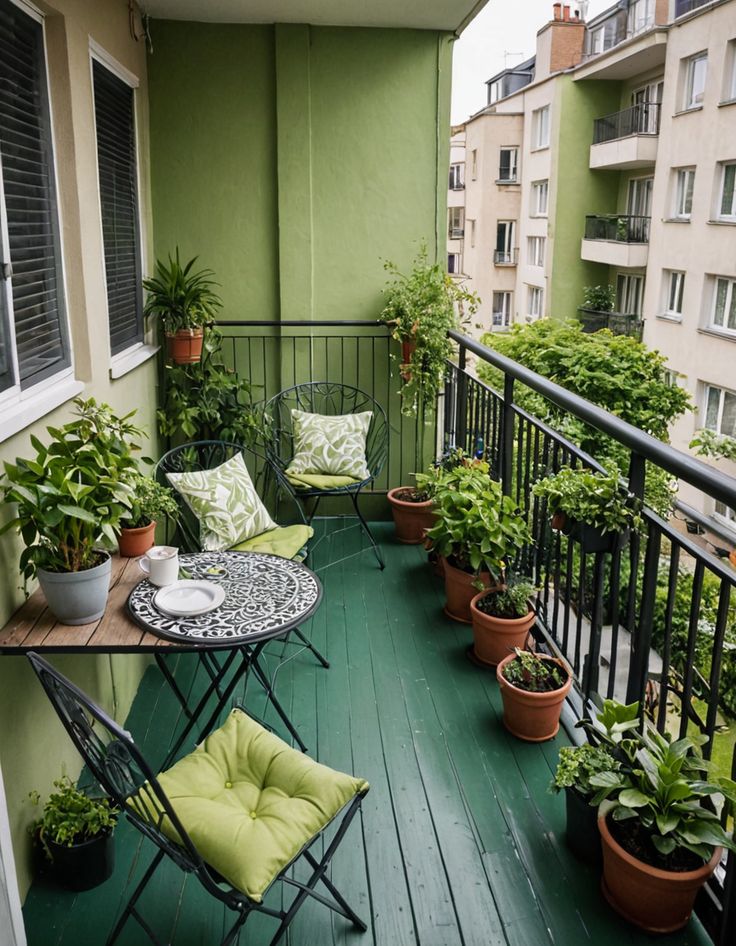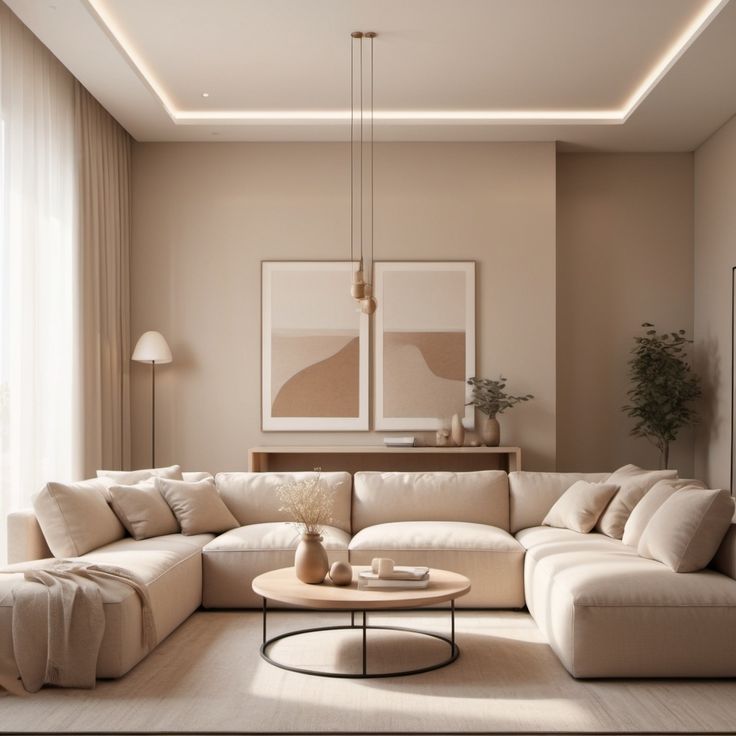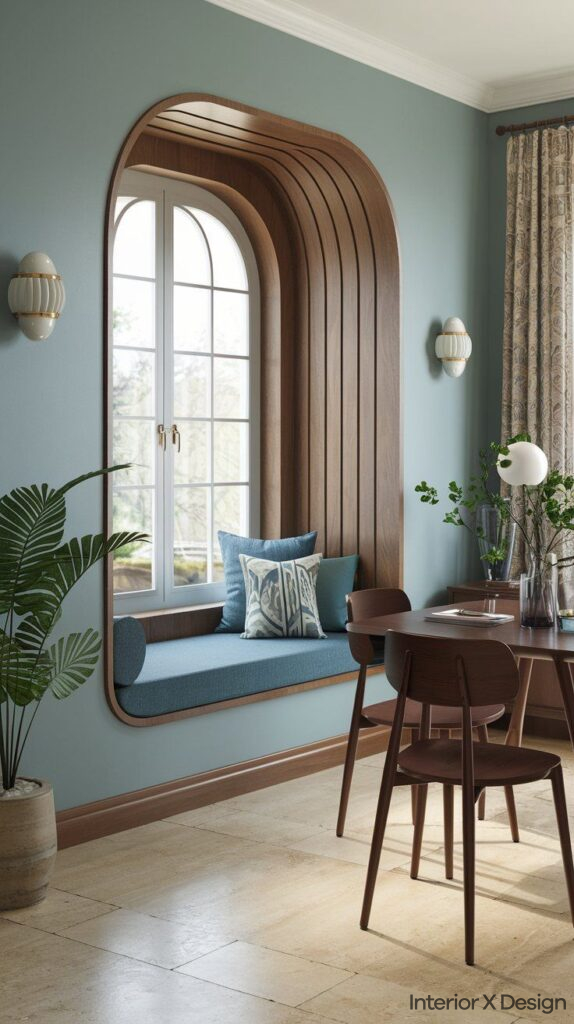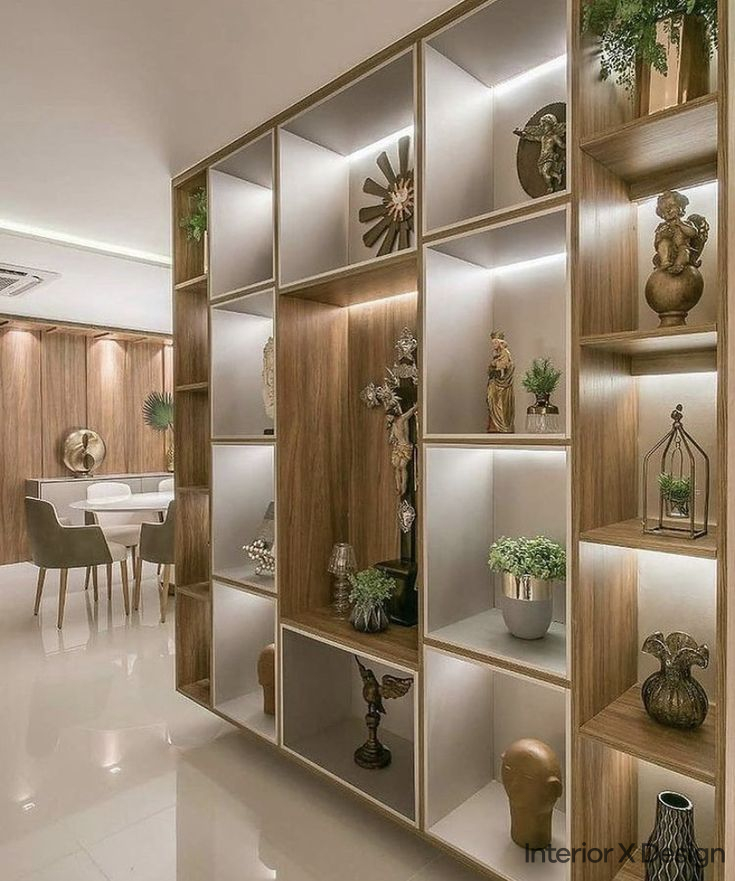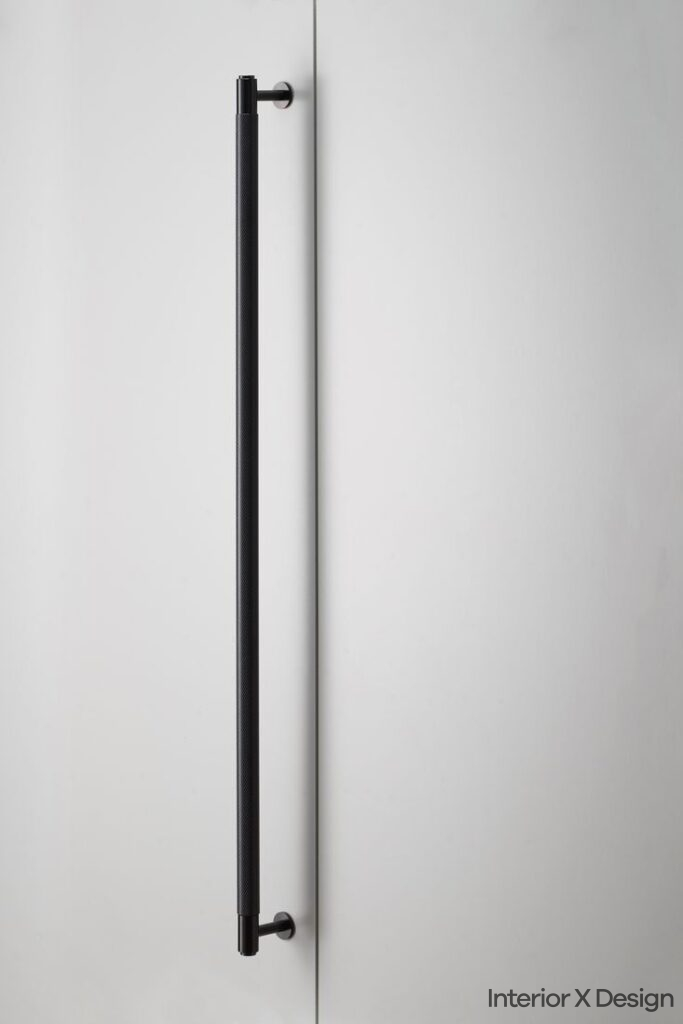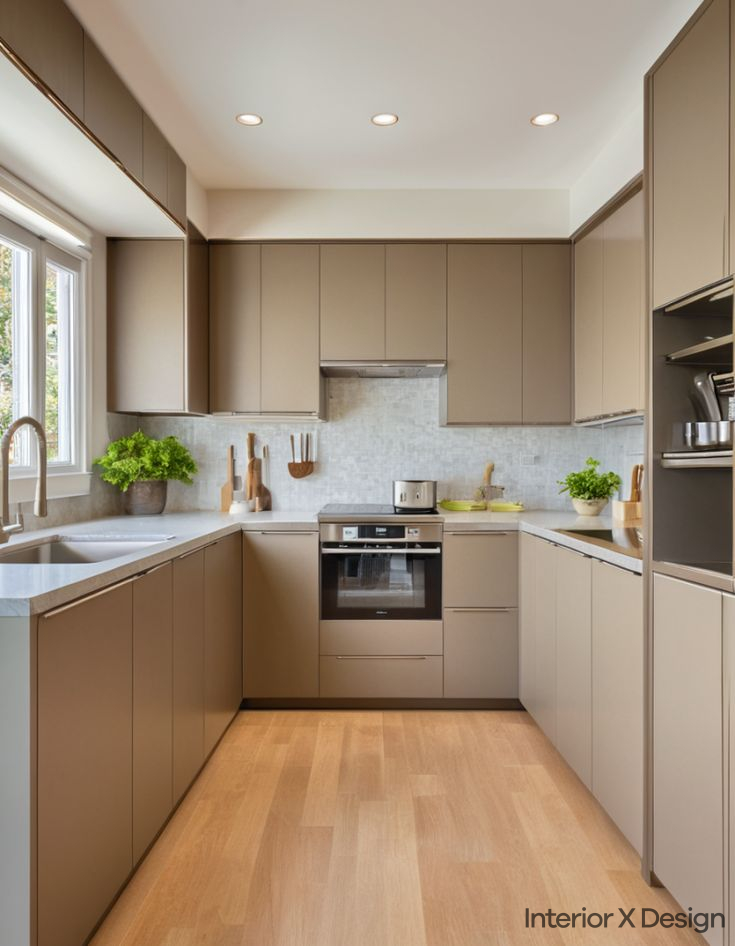Preparation for Painting a Room
Proper preparation is crucial to ensure your painting project runs smoothly. Follow these steps to prepare your room:
1. Clear the Space
- Remove furniture, decorations, and wall hangings to avoid accidental damage.
- If moving furniture is not feasible, push it to the center and cover it with drop cloths.
2. Clean the Walls
- Dust and clean the walls using a damp sponge or mild detergent. This removes dirt and grease that could affect paint adhesion.
3. Repair Imperfections
- Inspect the walls for cracks, holes, or peeling paint. Use spackle or filler to repair damages, then sand the areas for a smooth surface.
4. Protect Surfaces
- Apply painter’s tape along edges, trims, and outlets to avoid smudges.
- Cover floors with drop cloths or plastic sheets.
Choosing the Right Paint and Tools
Selecting high-quality paint and tools is vital for achieving durable and attractive results. Here’s what you need:
1. Types of Paint
- Matte Paint: Ideal for low-traffic areas; provides a non-reflective finish.
- Satin Paint: Great for bedrooms and living spaces; offers a subtle sheen.
- Semi-Gloss and Gloss Paint: Suitable for trim, doors, and high-moisture areas like kitchens.
2. Tools You Need
- Rollers: Best for large wall areas.
- Brushes: Perfect for corners, edges, and trims.
- Paint Tray: For holding and evenly loading paint on the roller.
- Extension Pole: Helps reach high walls and ceilings.
For more guidance, explore our article on the importance of color choices in interior design.
Step-by-Step Guide: How to Paint a Room
1. Prepare the Primer
- Apply primer to ensure the paint adheres well and to cover any stains or dark colors. Use a roller for even application.
2. Start with the Ceiling
- Use an extension pole and roller to paint the ceiling first, preventing drips from spoiling freshly painted walls.
3. Paint the Walls
- Cut in along edges with a brush.
- Use a roller for larger areas, working in a “W” pattern to avoid streaks.
4. Handle the Trims and Details
- Once walls dry, use a small angled brush to paint trims, moldings, and edges.
Tips for Painting a Room Like a Pro
1. Use the Right Technique
- Paint in One Direction: Always paint in a consistent direction, such as horizontally or vertically, to prevent uneven overlapping marks.
- Long Strokes for Even Coverage: Apply paint using long, smooth strokes to distribute it evenly across the surface and minimize streaks or blotches.
2. Maintain a Wet Edge
- Blend Seamlessly: Work quickly to ensure that wet paint edges overlap slightly, preventing visible lines or ridges between sections.
- Avoid Drying Too Fast: Paint in manageable sections, especially in warm or dry environments, to maintain a consistent appearance.
3. Don’t Skip Multiple Coats
- Achieve Vibrancy: Apply at least two coats of paint for a rich, uniform color that hides imperfections.
- Ensure Durability: Multiple coats enhance the longevity of the paint, especially in high-traffic areas.
For related inspiration, check out our modern interior design ideas.
Common Mistakes to Avoid While Painting
- Skipping Surface Prep: Skipping the essential step of cleaning and repairing walls can result in uneven paint application and poor adhesion, causing the paint to peel or chip over time. Always ensure the surface is clean, smooth, and primed for a flawless finish.
- Overloading the Brush: Dipping the brush too deep into the paint can lead to messy drips, uneven application, and wasted material. Instead, dip the brush only a third of the way and tap off excess paint for better control and smoother results.
- Using Low-Quality Paint: Choosing cheap or subpar paint may save money initially, but it often requires more coats for adequate coverage and wears out quickly. Invest in high-quality paint to achieve vibrant colors, better durability, and long-term savings.
FAQs About Painting a Room
1. How many coats of paint do I need?
Two coats are generally recommended for most walls to achieve even color and proper coverage. The first coat provides a base layer, while the second ensures consistency, depth, and a polished finish. In cases of drastic color changes or uneven surfaces, an additional coat might be necessary for optimal results.
2. What’s the best way to paint a bedroom?
Creating the ideal ambiance in a bedroom involves careful planning and thoughtful color selection. Opt for soothing, neutral, or pastel shades that promote relaxation and tranquility. Begin by prepping the walls thoroughly, ensuring they are clean and smooth. Use high-quality paint for a durable finish, and incorporate accent walls or subtle textures to add personality. Pay attention to lighting, as it can significantly impact how the color appears in the space.
By following these steps and techniques, you can transform your walls into a stunning feature of your home. For more design tips, visit Interior X Design.



